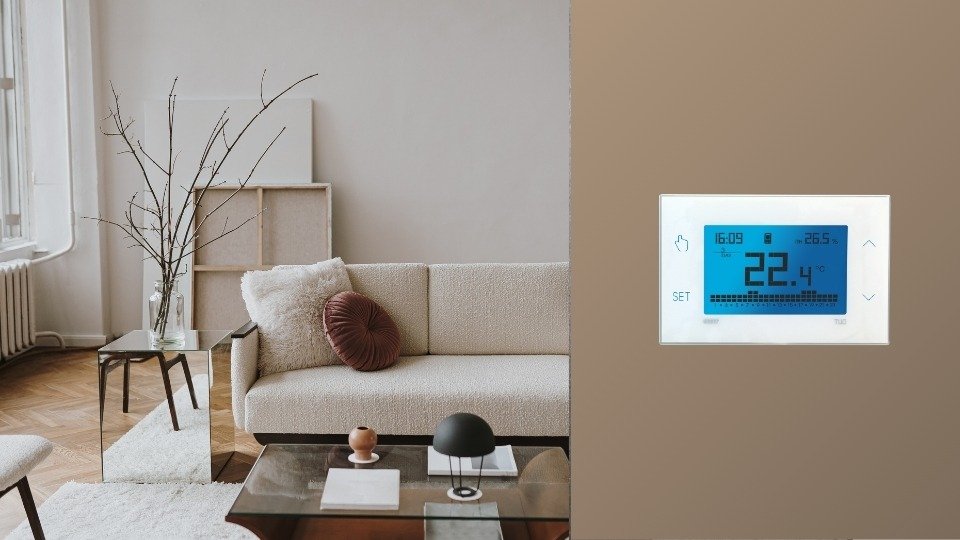Creating an accessible living environment is key to supporting independence, comfort, and safety for individuals with limited mobility. Whether due to aging, injury, or a long-term disability, daily tasks like moving between rooms, preparing meals, or using the bathroom can become challenging without the right support. One of the most effective tools in improving indoor mobility is the wheelchair. More specifically, choosing the right wheelchairs for home use can significantly enhance a person’s ability to live more freely and confidently in their own space.
It is really important for people with limited mobility, to choose the right wheelchairs for home use; this is the only way of keeping the independence in the indoor space. Compact and user-friendly, as well as comfortable, the home application wheelchairs are developed with the circumstances of walking inside the home dictated by unique needs in mind.
1. Ease of Moving Through Narrow Spaces
Standard wheelchairs can be bulky, making it hard to get through doorways, around furniture, or into tight corners. Wheelchairs for home use are usually more compact and built for easier navigation in tighter indoor spaces. Easily maneuvered in small spaces, such as dressing rooms, and other confined areas, the foldable, lightweight frames, and adjustable parts mean less assistance to the user.
This improvement in mobility at home comes to the user as the consequence of increased independence and avoiding assistance from caregivers or even family members for instrumental tasks.
2. Personalized Configuration and Functionalities
A specific benefit of high-tech wheelchairs for indoor-only use is the personalizable functions they possess. Most of them come equipped with seat width, height, armrests, and footrests to meet the user’s personal and environmental conditions. Apart from the advantages of comfort, personalization can also lead to better posture, fewer pressure holes, and less fatigue.
Some models are even designed with detachable armrests for quick and easy transfers in and out of beds and sofas or removable footrests to navigate or relax without obstruction.
3. Access to Daily Activities
Increased comfort in moving around the house is necessary, yet absolutely practicable only with the enhanced control of the surroundings. The use of wheelchairs for home use refers to the operation of such devices as scooters in the domestic environment. Many self-sufficient models can be fit under desks and dining tables, which allow the guardians of the houses to do everyday activities without a hitch.
When small victories are regathered, people’s mental condition and confidence show substantial improvement.
4. Enhanced Safety Inside the Home
One thing missing for individuals with limited mobility is the concern of falling and getting hurt. The addition of support and stability is the main one, but there are also many other practical advantages of using wheelchairs for home. Such wheelchairs with proper brakes, anti-tip bars, and ergonomic design basically oversee safety issues such as accidents that might happen while going from one surface to another or walking on an uneven floor.
In addition to that, wheelchairs specifically designed for indoor use often have conveniently placed controls, secure seat belts, and repositioning handles — all which help improve safety without the need to sacrifice comfort.
5. Support for Caregivers and Family Members
Taking care of a beloved one with mobility problems is a task that brings both satisfaction and frustration. The wheelchairs for home use help not only the user but also caregivers reduce the physical strain. When a wheelchair is set according to the indoor navigation and daily routine, it makes family members or professional aides’ work easy which won’t result in injuries and exhaustions.
Home-use wheelchairs which are properly fitted are capable of speeding up the morning and bedtime routines, improving hygiene needs, and making meal times more enjoyable.
6. Combining Functionality and Aesthetics
The period is long gone when wheelchairs had to be clinical or look out of place in a home. The contemporary design of wheelchairs for home use involves a need for effective, versatile models. Simple and minimalistic forms, or warm and soft options that cater to both the personal choice and the living room look can be found.
The design focus was aimed at pulling the stigma as elevators will be perceived as a normal feature of the living space and not a limitation.
Conclusion
Transforming home accessibility with extensive renovations is not always the best approach. Most of the time, the right mobility aids provide extraordinary benefits. The right selection for the individual user with limited mobility to wheelchairs for home use is a means of keeping the inside independence. These specialized wheelchairs improve mobility, safety, and the quality of life – for not only the user but also everyone else in the house. Taking the step of using a wheelchair indoors quickly shifts the atmosphere to comfort, freedom, and dignity on a daily basis.
YOU MAY ALSO LIKE: Catherine the Great Furniture: How a Tsarina Redefined Russian Opulence











